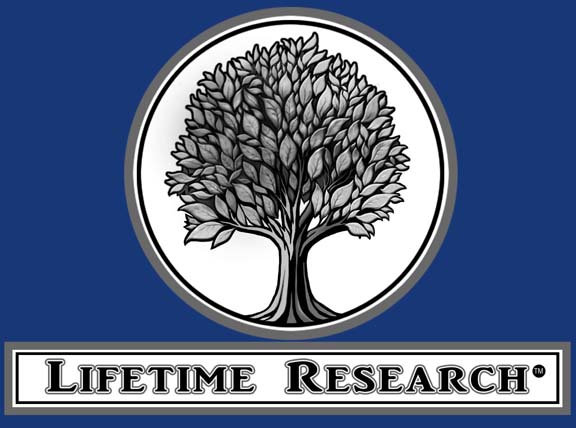These might involve larger-scale works that evolve over time, reflecting the ongoing journey of recovery. For example, a series of self-portraits art therapy ideas for adults in recovery created at regular intervals can provide a powerful visual representation of personal growth and transformation. As recovery progresses, creative exercises for maintaining sobriety become crucial. These might include creating visual journals to track progress and emotions, designing personal symbols of strength and resilience, or creating “vision boards” that represent goals and aspirations for a sober future. So, the next time you encounter a piece of addiction art, take a moment to truly see it.
How Does Art Therapy Help In Relapse Prevention?
- The therapeutic benefits of creative expression in recovery are well-documented, offering a non-verbal outlet for processing trauma, emotions, and experiences related to substance abuse.
- Art therapy facilitates this reclamation by allowing clients to express complex emotions and past traumas that may have overshadowed their sense of self.
- Mental illness and emotional traumas are often the culprits behind substance abuse disorders, and art therapy can be invaluable in managing those exact issues.
- As we delve deeper into the relationship between art and addiction, it’s crucial to highlight the transformative power of creative expression in the recovery process.
- Therefore, we conducted a systematic search on published articles examining effects of music, MT and MBIs and found 34 quantitative and six qualitative studies.
It complements traditional approaches such as cognitive behavioral therapy (CBT) and dialectical behavior therapy (DBT), and should not be overlooked in a holistic approach to addiction treatment. Art therapy often helps participants unlock inner feelings that might encourage them to focus on positive memories. This art-based method allows patients to transform blank cards into positive affirmations, thereby shifting negative emotions into positive ones. This approach embodies aspects of cognitive-behavioral therapy (CBT) for emotional well-being 2. Unlike verbal therapies, art therapy provides a non-verbal means for patients to express and process feelings they may find challenging to articulate. This is particularly useful for addressing unresolved trauma and anxiety—both of which are common struggles for individuals in recovery.
Extremely Dangerous Drug Krokodil in America
Naumberg believed that art therapy could promote healing by helping people uncover repressed thoughts and emotions while providing a framework to discuss them. Beginning with her 1947 book, Studies of the “Free” Expression of Behavior Problem Children as a Means of Diagnosis and Therapy, she wrote several books on the topic. Another pioneer in the field of art therapy was Margaret Naumberg, the founder of the Walden School in New York. Often called the mother of art therapy, she promoted the approach in the United States. She said that children were healthier and developed better when taught to express themselves creatively. Art therapy helps https://sagungseto.co.id/benefits-of-sharing-your-life-story-reasons-for/ rebuild these by providing a platform for accomplishing tasks, solving problems creatively, and developing new skills.
- In the current study, we assess the utilization and organizational correlates of art and music therapies in a national sample of SUD treatment centers by addressing three specific aims.
- Current research shows a need for further investigation into how expressive arts therapy can be used to develop coping mechanisms for these populations.
What to Expect in Residential Treatment at Gateway Foundation
By using drawing, painting, or collage-making, members can explore feelings they may find hard to verbalize, allowing for a therapeutic release and greater self-awareness. Each activity, from practicing mindfulness to setting personal goals, offers unique ways to support lasting change and emotional resilience in a group setting. These activities provide meaningful, actionable tools that help individuals grow, connect, and find purpose in a substance-free life.
- Art therapy can offer a release of emotions and provide a tangible object you can discuss with a therapist and others.
- The creation of art not only fosters personal growth but also helps individuals reconnect with parts of themselves that may have been overshadowed by addiction.
- Moreover, art therapy is particularly effective because it provides a non-threatening way for clients to engage with their emotions.
- By working together to create a large-scale artwork, participants can develop social skills, build trust, and feel a sense of belonging within their recovery community.
The role of recreational activities in addiction recovery
These projects not only provide a creative outlet but also help build social skills and a sense of community. Nature-based art activities offer a holistic approach to healing, combining the therapeutic benefits of art-making with the restorative power of nature. This could involve creating mandalas with natural materials, land art installations, or even photography walks in natural settings. These activities can help individuals reconnect with the world around them and find a sense of peace and grounding. Art therapy, at its core, is a form of psychotherapy that uses creative expression as a means of communication and self-exploration. Instead, it’s about tapping into the innate human ability to create and using that process as a catalyst for personal growth and recovery.

How to Develop a Relapse Prevention Toolkit with CBT
Through creating art, individuals gain insights into their own behaviors and triggers, allowing them to develop coping strategies that address these challenges directly. According to Hill, 1942, “Art Versus Illness,” art provided a means of expressing difficult-to-verbalize feelings, thus aiding in emotional healing. His experiences laid the groundwork for integrating art into therapeutic practices, making art therapy a recognized field. Organizations like MusiCares, a charity established by the Recording Academy, provide addiction recovery services specifically tailored to music industry professionals. Similarly, writers’ retreats and artists’ residencies focused on maintaining sobriety while nurturing creativity have emerged, offering safe spaces for artists to explore their craft without the pressures of substance use. The systematic literature review identifies eight different texts where various methods of music therapy have been applied.

Physical Cocaine Addiction Symptoms
Active youth involvement in substance use prevention is urgently needed to increase uptake and ownership of the process and outcome of the intervention. Arts-based interventions are ideal participatory action approaches that can empower young people to be active agents in substance use prevention. Scoping reviews are a vital tool that can help the research team identify relevant interventions that can be adapted to a community. Methods This scoping review explores various arts-based substance use prevention interventions for youth. The scoping review used Alcoholics Anonymous the iterative stages of Arksey and O’Malley to search Portal ERIC, Ovid MEDLINE, C.I.N.A.H.L., E.M.B.A.S.E., Web of Science, and A.P.A. PsycInfo and grey l…
